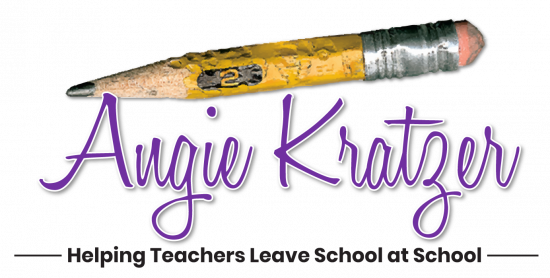
I once taught a set of brothers who loved science fiction so much that the only punishment their parents ever doled out was “Book Jail,” the imprisonment of the book the offender was currently reading. What a dream: A teenager who loves reading so much that confiscating the reading material is painful.
Then there’s my freshman (we’ll call her Kayla) who had never read an entire chapter book before I taught her. As a toddler, she had chronic ear infections that damaged her hearing and stunted her language development. By the time she got to middle school, her reading skills were so far behind that her teachers spent the bulk of the time with her in academic remediation. No one turned her on to reading for pleasure. I ordered a set of books from Townsend Press, The Bluford Series, and offered one to her. A few days later, she came to class bleary eyed because she had stayed up reading it. During my lesson, she kept sneaking her book out to read every time my back was turned. What a great classroom management problem to have! Townsend Press has not compensated me in any way for this endorsement. I genuinely admire this publisher for making high-interest fiction affordable.
How do we help high school students like Kayla–over half of whom are reading below grade level–fall in love with the mind drama of fiction or the intricacies of an edgy biography?
We make it a school-wide priority. If students have access to interesting texts in their zone of proximal development, they will read.
A whole-school reading program provides the models, the time, the materials, and the incentive to read.
The Models
For students to buy in, everyone has to buy in–parents, administrators, and teachers. If students are going to be turned on to reading, they need to see everyone around them reading. I’m of the mind that the people around them need to be reading PAPER. When students are given class time to read, the teacher should be reading too. I sit in front of my students with my left leg tucked under me, just the way I sit down at home with a good book.
The Time
There are so many ways to squeeze in time. If students are stuck in a useless homeroom, that time can be dedicated to reading. The first fifteen minutes of English class are perfect; students know the routine and get settled immediately. The weaker the readers, the more class time should be dedicated. Give advanced students thirty minutes one day a week. I’ve taught in two schools that had outside reading programs, and both expected students to have their books with them at all times. A ride on the bus, a few minutes at lunch, and spare time after a test can add up to an hour of reading!
The Materials
Students in poverty rarely have full bookshelves at home; it is more than likely that their parents struggled in school and are weak readers. Requiring those students to come to school armed with novels is an issue of inequity, and schools must provide their reading material and class time to visit libraries. There is an argument to be made that this level of provision enables families not to take responsibility for a child’s work outside of class. I get that, but dealing with broader social issues isn’t my goal here: I just want to make it easy for a fourteen-year-old inner-city boy to get his hands on a book. The best place to get books, of course, is a massive classroom library. Here are some ideas for curating on the cheap:
- On the day students or custodians clean out lockers, walk through the school with a box and fill it. You’ll be amazed by the books students leave behind!
- Go to a used book store and plow through the piles of books the store has no room to shelve.
- Drop by yard sales as they are ending. People do not want to take that stuff back in the house.
- Search online for local religious organizations holding book sale fundraisers. Often, the last day of the sale offers a fill-a-bag for $10 deal.
The Incentive
This part is tricky. It honestly takes about four years to grease the wheels of a school reading program. When it becomes an expectation that students will read a certain number of books or pages per quarter, the fight ends; however, it takes a while for that to happen. Accountability and consistency are key to making it work, so counting the reading as a grade in an English class is the best way to make sure it happens. It is indeed ironic that we may end up punishing students whom we are trying to motivate.
For a manual that includes score scales and details about making the whole thing work, check out this resource.


